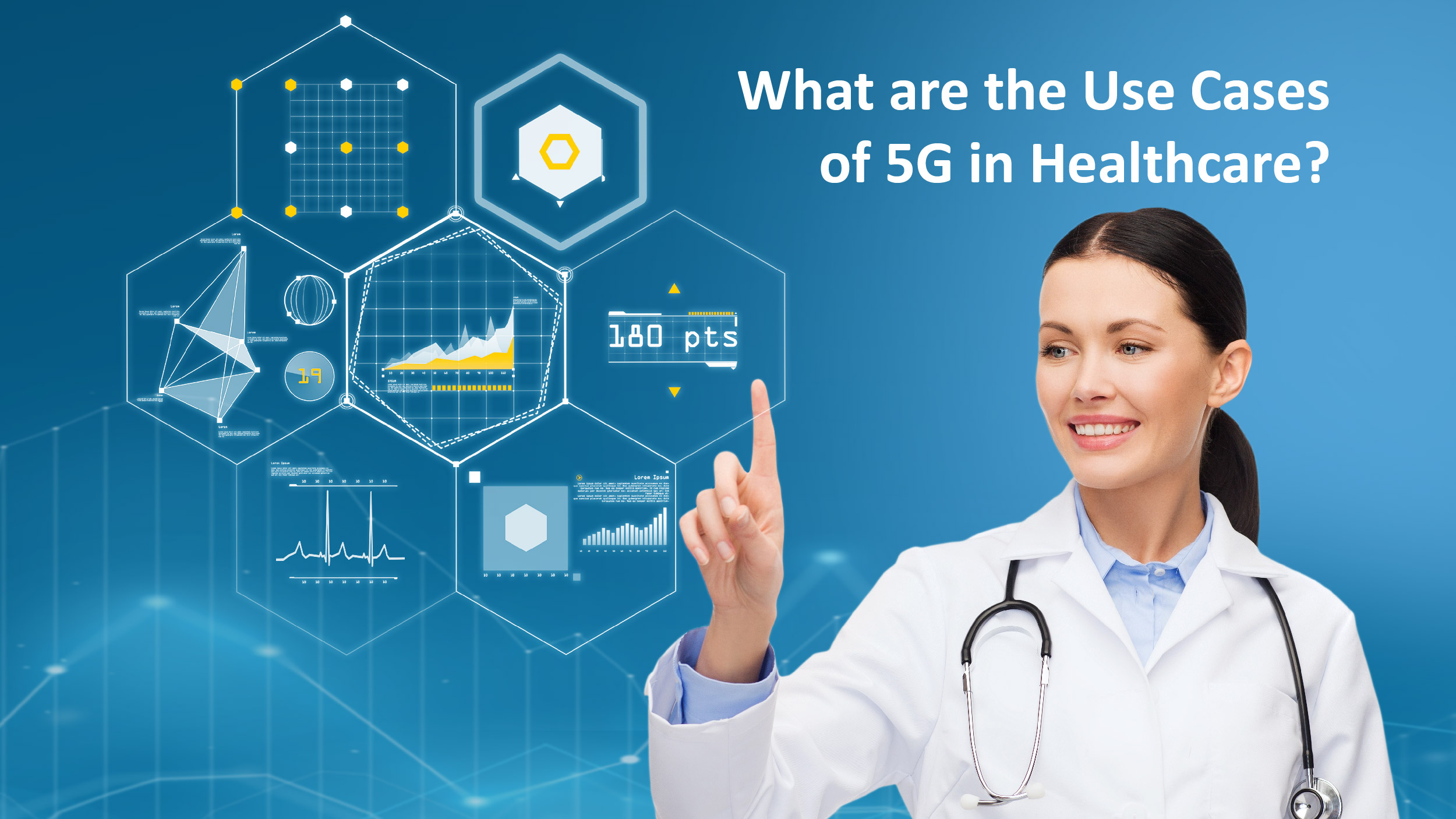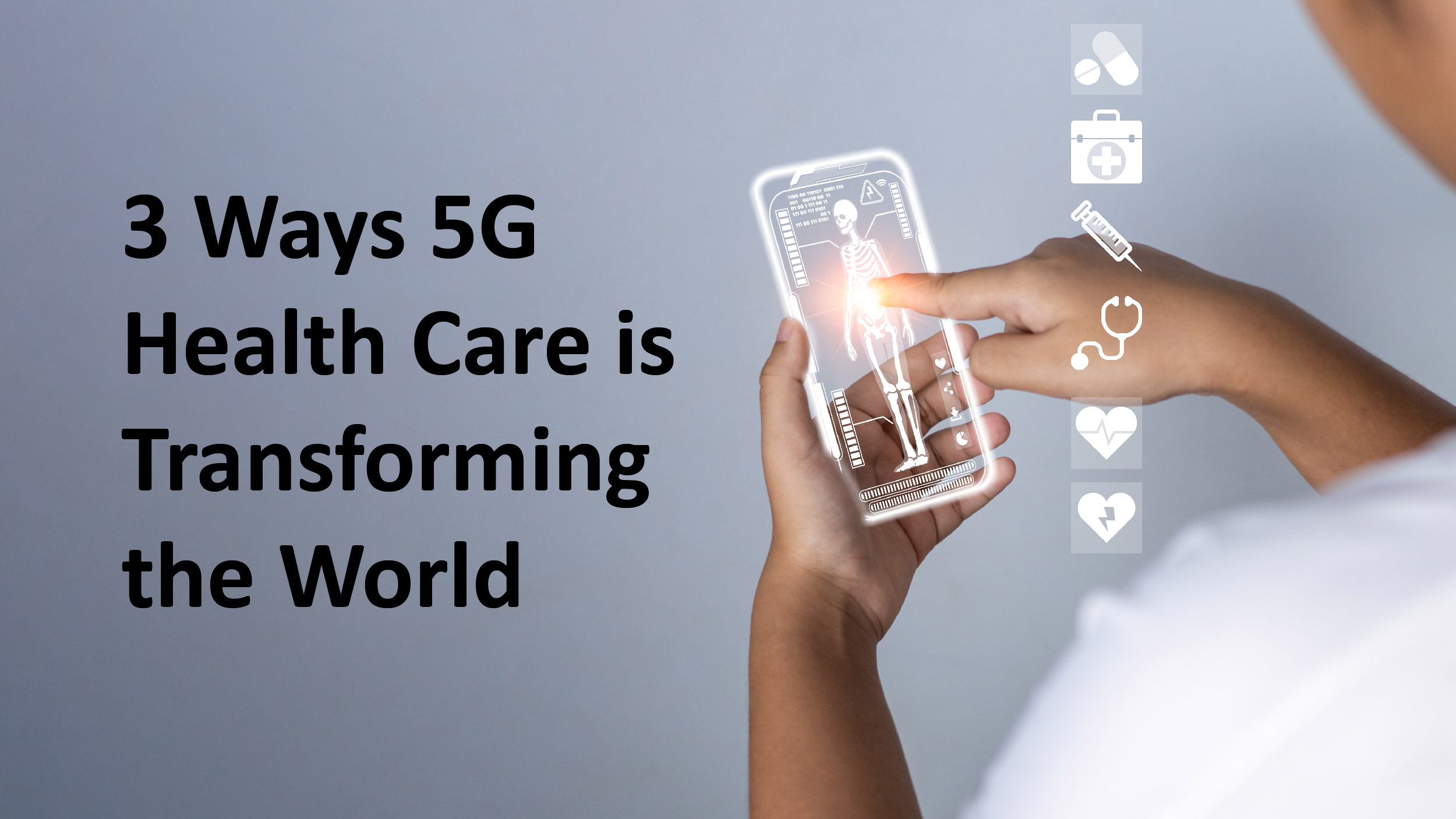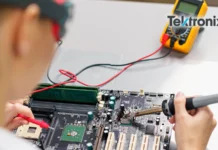5G is here, and the healthcare industry is gearing up for its nearly unlimited possibilities, from streamlining operations to enhancing communication, and improving advanced connectivity.
Previously, when we fell ill and required medical attention, we typically only had one option: travel to a doctor or hospital.
For individuals residing in rural areas, where physicians may be miles away, traveling while unwell can pose challenges and consume a significant amount of time. However, with telehealth and remote home monitoring systems now available, patients can receive care from the comfort of their own homes. A brief video call can allow doctors to provide recommendations and even submit prescription requests.
Despite the convenience, remote monitoring, coupled with advanced imaging technology, can cause increased pressure on healthcare businesses’ networks, leading to congestion and slower network speeds, particularly for healthcare providers handling numerous patients daily.
Not only is this delay frustrating for patients, but it can also impede patient care and potentially lead to negative long-term outcomes. With the rise of Internet of Things (IoT) technologies, the amount of data on networks is anticipated to increase further. Before going any further, let’s see what we mean by 5G in healthcare.
What is 5G in Healthcare?
The term “5G in healthcare” refers to the use of 5G technology in the healthcare sector in order to enhance telemedicine, enable remote diagnostics, and improve patient care. The fifth generation of wireless technology, or 5G, provides considerable improvements over earlier generations, such as faster data speeds, lower latency, and the capacity to connect a sizable number of devices at once.
5G provides real-time transfer of massive amounts of data due to its high bandwidth and low latency, which is essential for applications like telemedicine, remote patient monitoring, and virtual reality in the healthcare industry. It can provide professional video consultations between medical professionals and patients, enabling distance monitoring, diagnosis, and treatment.
What are the Use Cases of 5G in Healthcare?

Here are some key points regarding the applications of 5G in healthcare:
- Telemedicine and Remote Consultations: 5G empowers high-quality video consultations, enabling healthcare providers to remotely diagnose, treat, and monitor patients. It enhances real-time communication and elevates the overall patient experience.
- Remote Patient Monitoring: With 5G, medical devices and wearables can transmit patient data in real-time. This facilitates continuous remote monitoring of vital signs, chronic conditions, and post-operative care, enabling early detection of health issues and timely interventions.
- Augmented Reality (AR) and Virtual Reality (VR) in Healthcare: 5G’s low latency and high bandwidth support the integration of AR and VR technologies in healthcare. These cutting-edge technologies enhance medical training, aid in surgical planning, manage pain, and improve patient education.
- Internet of Medical Things (IoMT): 5G drives the widespread adoption of IoMT devices, including connected medical devices, sensors, and wearables. These devices collect and transmit data in real-time, enabling personalized healthcare interventions and ultimately leading to improved patient outcomes.
- Remote Surgery and Telesurgery: Leveraging 5G’s low latency and high bandwidth capabilities, surgeons may perform remote surgeries using robotic systems controlled from a distance. This innovative approach addresses the shortage of specialist surgeons in certain regions, enhancing access to specialized care.
- Smart Hospitals and Healthcare Facilities: 5G facilitates the deployment of smart hospital infrastructure, encompassing real-time equipment monitoring, asset tracking, and process automation. This technological boost enhances operational efficiency, ensures patient safety, and optimizes resource management within healthcare facilities.
With a fair understanding of the use cases of 5G in healthcare, let’s now have a look at the three main ways in which it is set to transform the industry.
3 Ways 5G Health Care is Transforming the World

The healthcare sector will undergo a similar upheaval to that of Wi-Fi with the integration of the next generation of mobile network technology, 5G. One millisecond of 5G latency is anticipated. Proximity won’t be a factor once you’re able to interact over a network almost instantly.
According to a survey conducted by the 5G Americas trade association, 84% of healthcare professionals believe that 5G technology will revolutionize the sector by improving access to care, enhancing patient outcomes, and cutting costs. In a recent analysis, Ericsson estimated that by 2026, the 5G healthcare market may offer service providers a $100 billion revenue opportunity.
Given below are three ways indicating how 5G will revolutionize the healthcare industry.
1. Healthcare at Home
Currently, there is a significant difference in the quality of treatment provided to patients in hospitals versus at home. Instead of dealing with long wait periods and expensive hospital care, more and more patients prefer to receive consultations or treatment at home. Patients are frequently discharged from hospitals, only to return weeks or even days later. The national readmission rate for Medicare beneficiaries over 65 is 14.9%, although some states have readmission rates as high as 15.7%. Even though home healthcare has advanced considerably over the past few years, more work needs to be done before it can be considered a real alternative to hospital care.
Video chats with carers via a protected 5G mobile network are only one example of how 5G will accelerate the rise of home healthcare services. In addition, 5G will aid the development of a variety of wearables and other remote monitoring and rehabilitation tools, which are essential for making home healthcare the main alternative for healing and treatment. Nurses and doctors will be able to monitor patients in real-time thanks to the low latency of 5G services. Furthermore, any irregularities or crises will be reported without delay, and 5G networks can allow medical professionals to use rapid, high-quality links to assess patients, reducing the possibility of further harm or problems.
The elderly will be able to get excellent levels of care by extending their time in their comfortable homes before relocating to an assisted living or senior care facility if the added potential of home healthcare is realized. With 5G, a variety of monitoring, therapeutic, and rehabilitative services can be made available in the home, improving treatment results and bringing down steadily rising healthcare expenditures.
2. Real-time monitoring in remote setting
Healthcare practitioners can monitor patients using IoT devices and collect data that will help them deliver more individualized and preventive care.
Wearables, a popular form of remote monitoring, boost patient participation in their own health, according to 86% of doctors, according to Anthem. In addition, in the next five years, wearable technology is projected to reduce hospital expenditures by 16%.
Despite the advantages, the network’s ability to manage the data limits the use of remote monitoring technologies. Doctors might not be able to get the real-time data they need to make prompt medical choices due to slow network speeds and unstable connectivity.
Healthcare systems can provide remote monitoring for more patients with lower latency and better capacity of 5G technology. Then, providers can be sure that they will get the information they require instantaneously and can give their patients the treatment they want and expect.
3. Virtual reality in the healthcare industry
Virtual reality is frequently associated with gaming, although it has already had a significant impact on the healthcare sector. Hospitals can immerse patients and medical professionals in any setting they choose thanks to virtual reality.
Hospitals are now adopting VR in creative ways to help patients recover from injuries or chronic pain, such as through virtual reality treatment. A study published by Samsung reported that VR has the ability to significantly reduce chronic pain by 25%, which not only enhances the patient’s quality of life but also helps them save money by lowering the amount of time they must stay in a hospital.
Due to the minimal latency necessary for high-speed broadband access, current cutting-edge VR technology is restricted to being tethered to a computer. Today’s low-cost wireless VR uses compression and other technologies to function, but it falls short of providing deeply immersive experiences due to the greater network latency that causes input lag when users are wearing a headset. High-end VR will eventually be able to go cordless with 5G, giving patients and medical professionals more mobility and simplifying their lives. Patients who are unable to leave their beds or rooms will be able to use mobile VR, which is more affordable than a wired VR setup and can reach a larger population of patients.
Wrapping It Up
While Wi-Fi and 4G have substantially improved hospital technology and patient care, 5G in healthcare will completely change the industry. The healthcare sector will reach new heights due to 5G, which has latency that is low enough to provide information up to the second in real-time, whether it be a live HD video link to an EMT on the scene with a patient or photos and patient data to doctors traveling. Hospitals can achieve those breakthroughs without endangering therapeutic outcomes or jeopardizing the confidentiality of their patient’s data with ultra-reliability and enhanced security.




